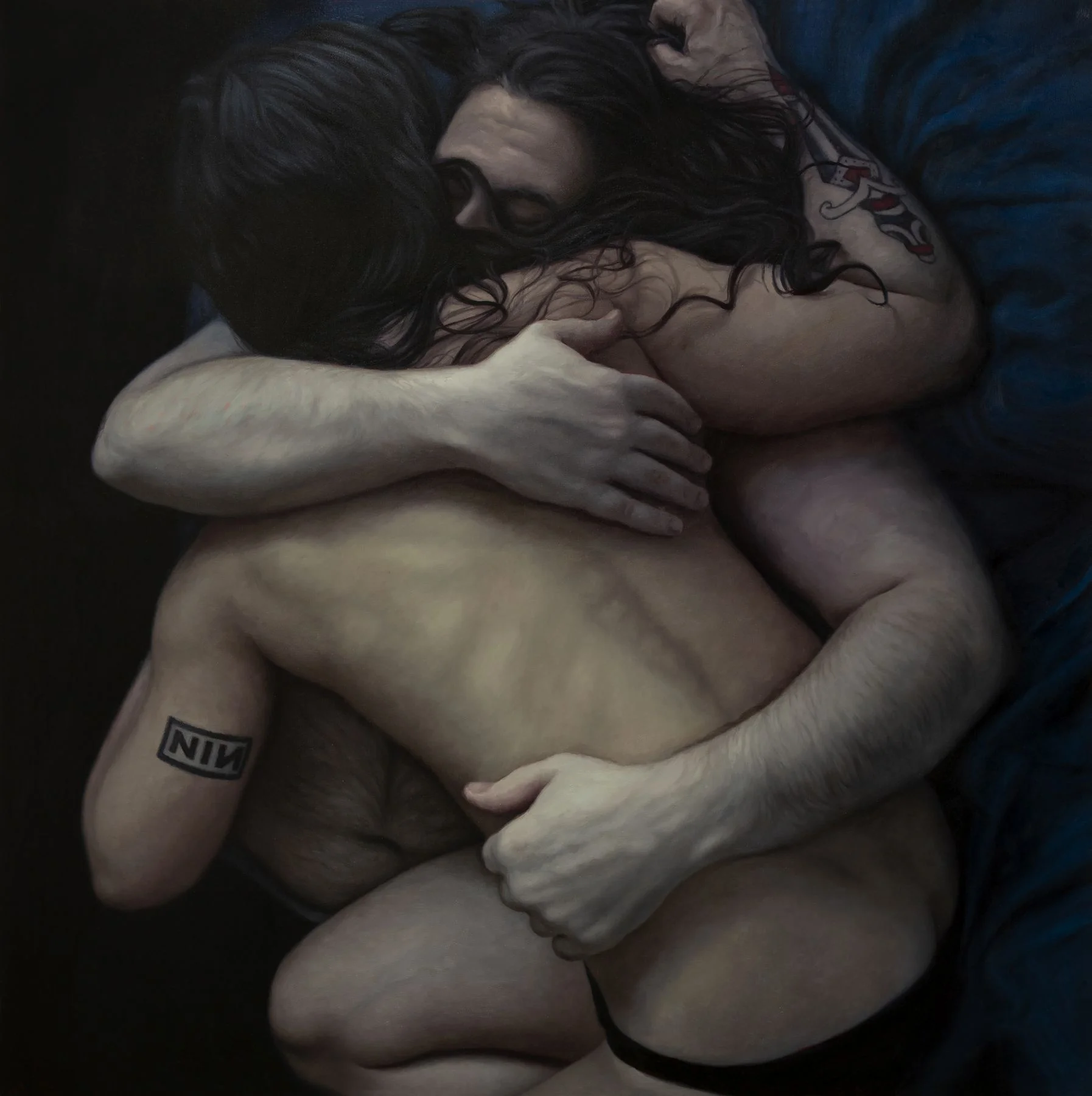Chris Ofili
Dangerous Liaisons
New York, 34 East 69th Street New York
The title of the exhibition references René Magritte’s eponymous painting of 1935, which Ofili explores in drawings that employ the compositional organization of the Surrealist’s work as a structure for his own rich and layered colorism. The interwoven patterns and forms in these works create dynamic visuals in which the delicately rendered surfaces optically pulse and vibrate.
Homer’s Odyssey serves as another central theme of the show, with several drawings and paintings devoted to the figures of Calypso and Odysseus. Inspired in part by the music of the island of Trinidad, where Ofili has lived since 2005, the artist has reimagined Calypso—traditionally represented as a deceptive femme fatale—as a striking mermaid, and he has visualized Odysseus as a beautiful, dark-skinned suitor. In the paintings, Ofili presents the characters with curving bodies, sumptuously spread out across the compositions and displayed in layered surfaces filled with arabesque vines and bubble-like forms.
In one group of drawings, Ofili depicts the two mythical figures lovingly intertwined, visually evoking the couple’s passion through compositions that mix strong graphic lines with lush, kaleidoscopic colors and gold leaf. Other drawings feature Calypso luxuriating in the depths of the sea, while related works depict nymphs, also rendered as mermaids, with luminous shimmering bodies, diving through dark waters pocketed with distinctive colors. Ofili’s representation of the figures was inspired by Emily Wilson’s recent translation of Homer’s ancient text. Notable for being the first translation of the poem into English by a woman, Wilson's translation thoughtfully reconsiders the portrayal of the epic’s female characters.
The exhibition also features a series of etchings by the artist based on Shakespeare’s Othello. In a suite of ten prints, Ofili illustrates scenes from the tragedy on Othello’s forehead. Rendered in stark lines, Othello’s face encompasses the entirety of the paper’s surface, which has been coated with black mica, giving the surface a subtle iridescent glow. The prints will also be presented in a forthcoming publication by David Zwirner Books, the first in a series of titles featuring contemporary artists illustrating Shakespeare’s classic texts.






